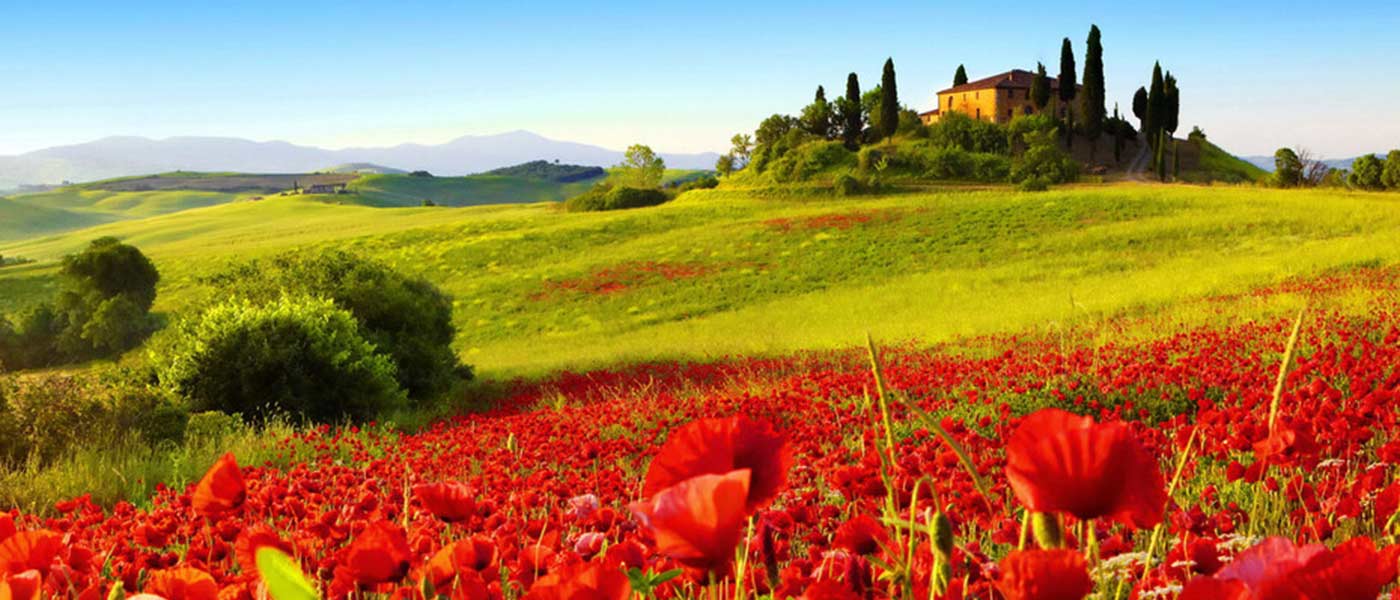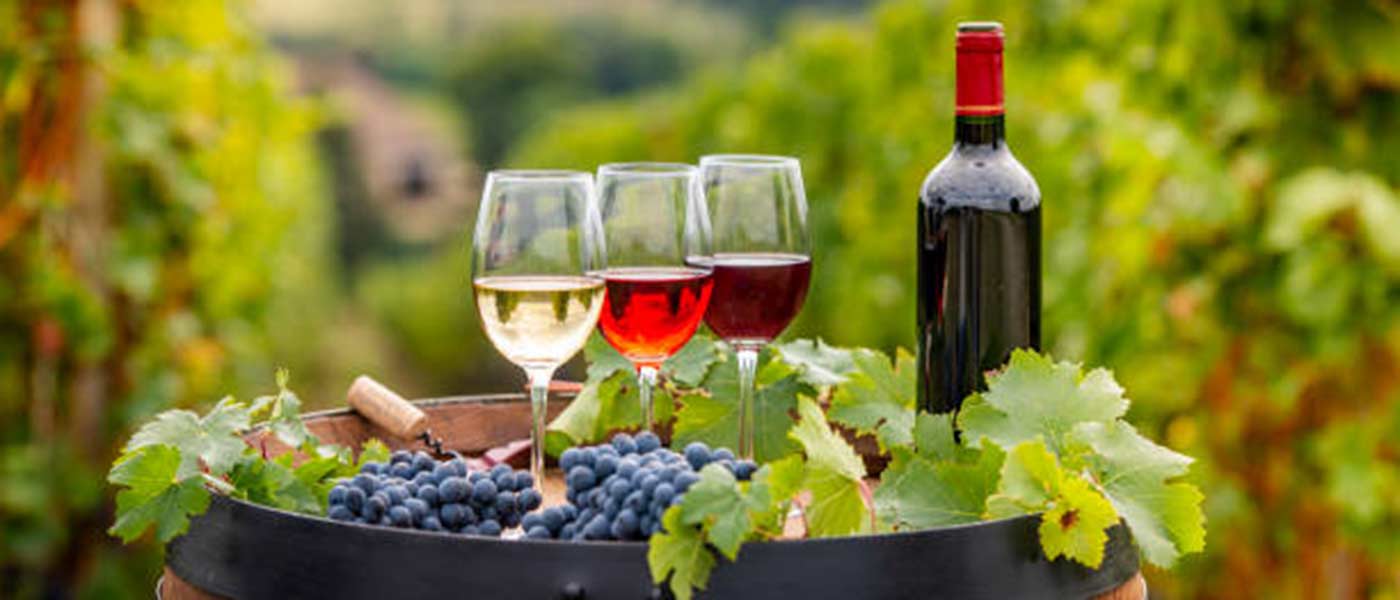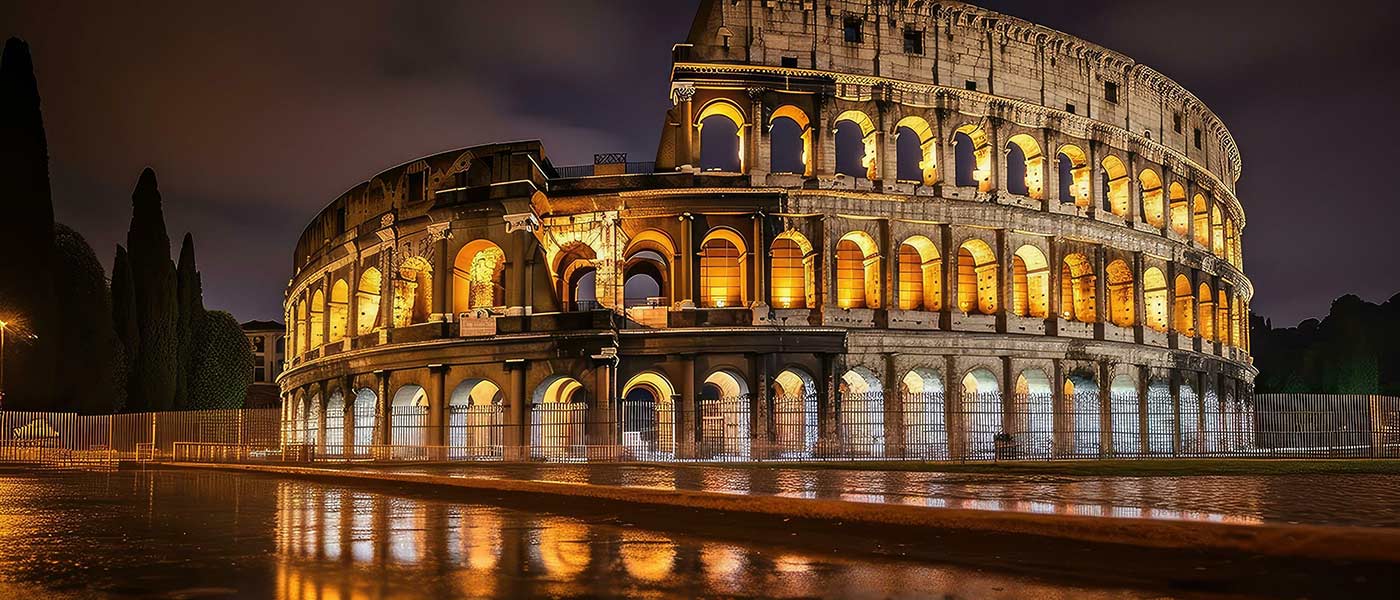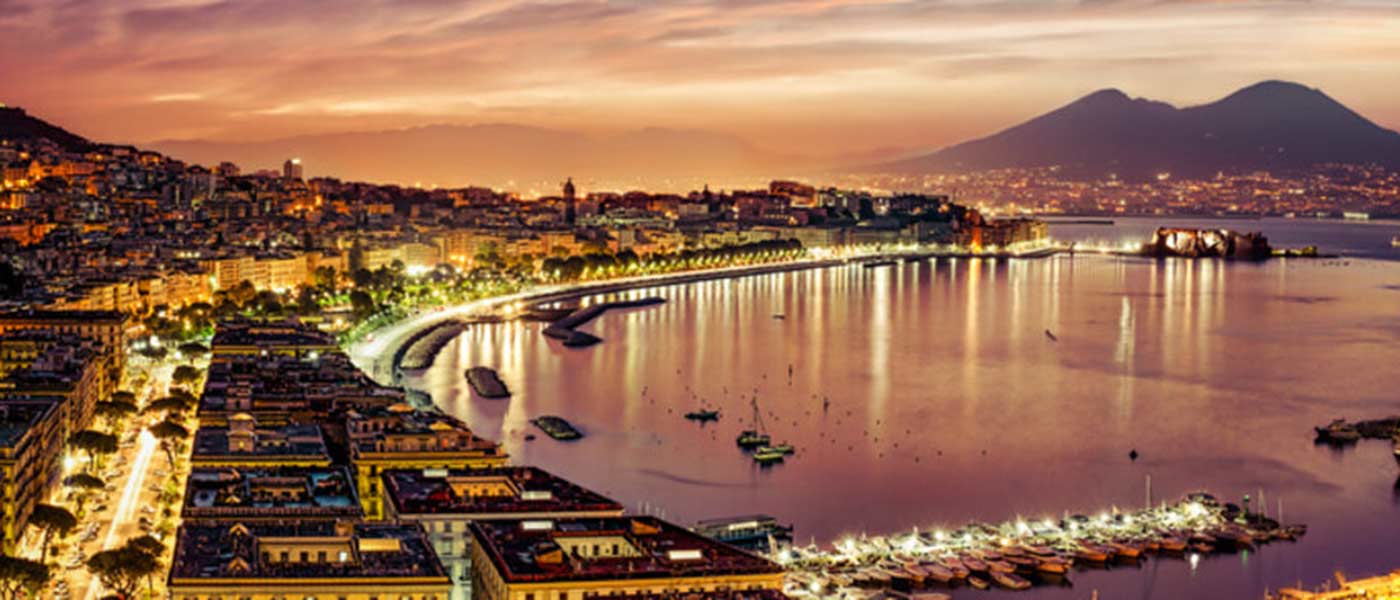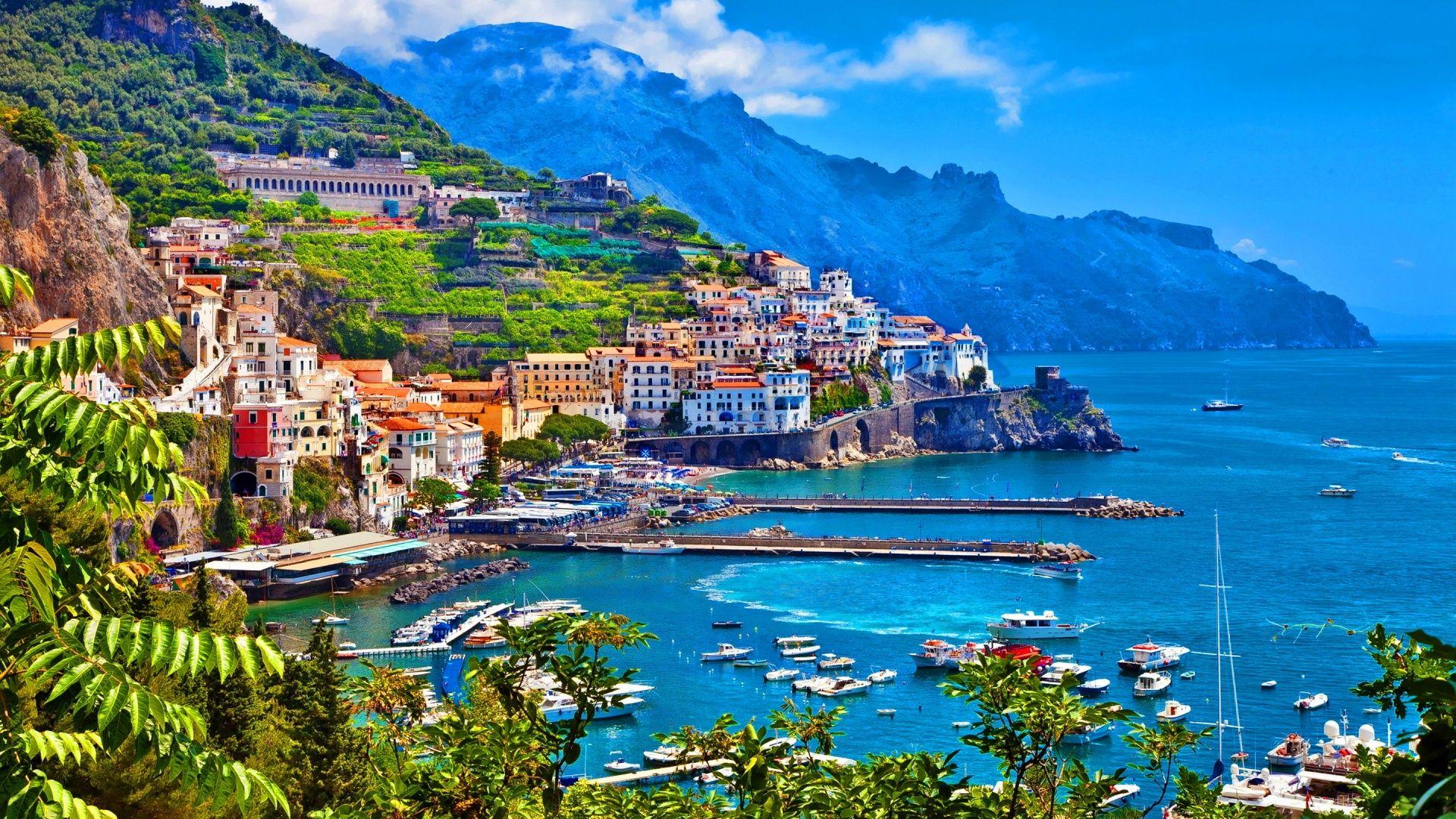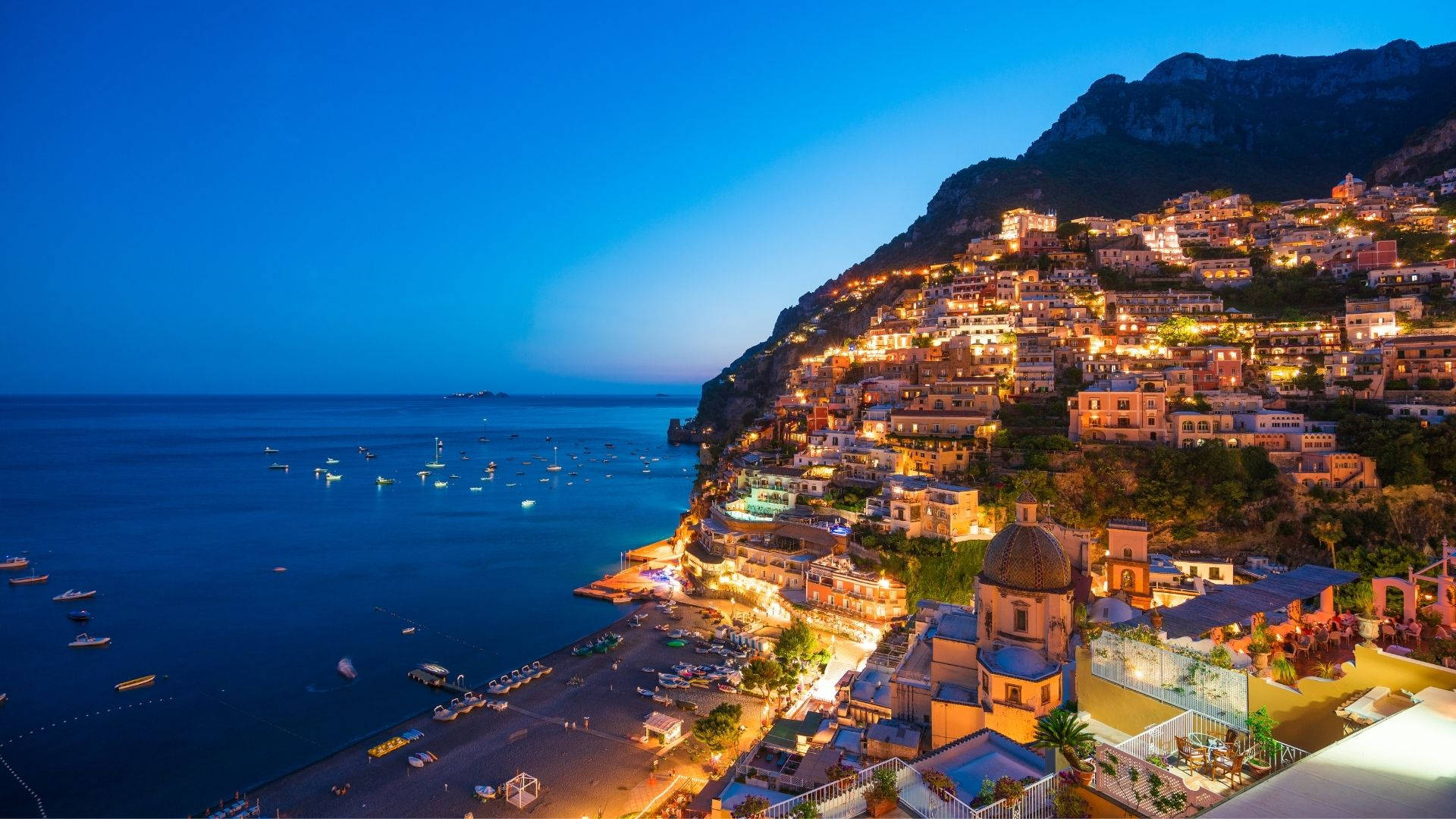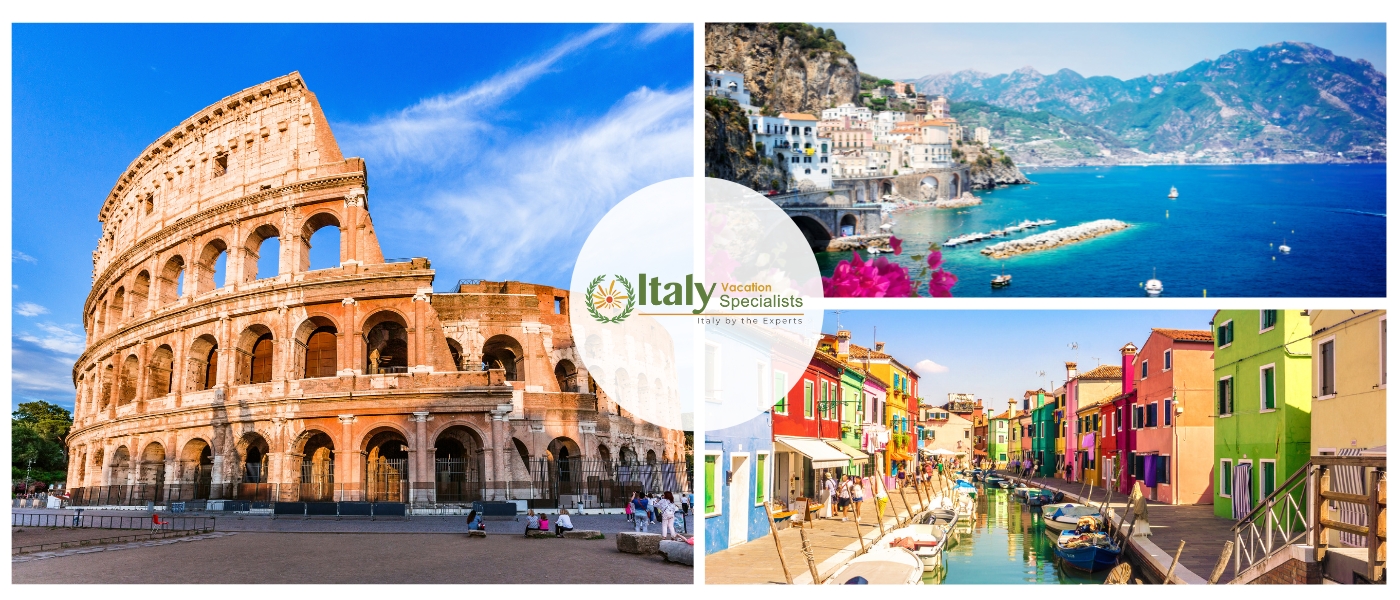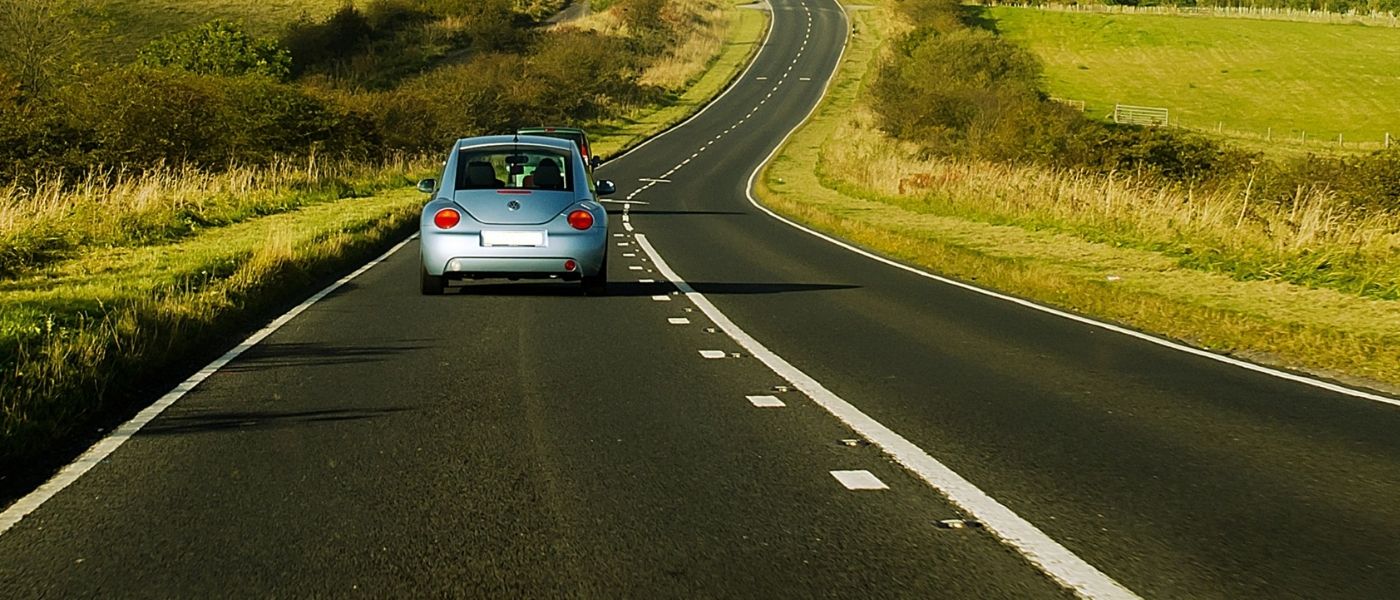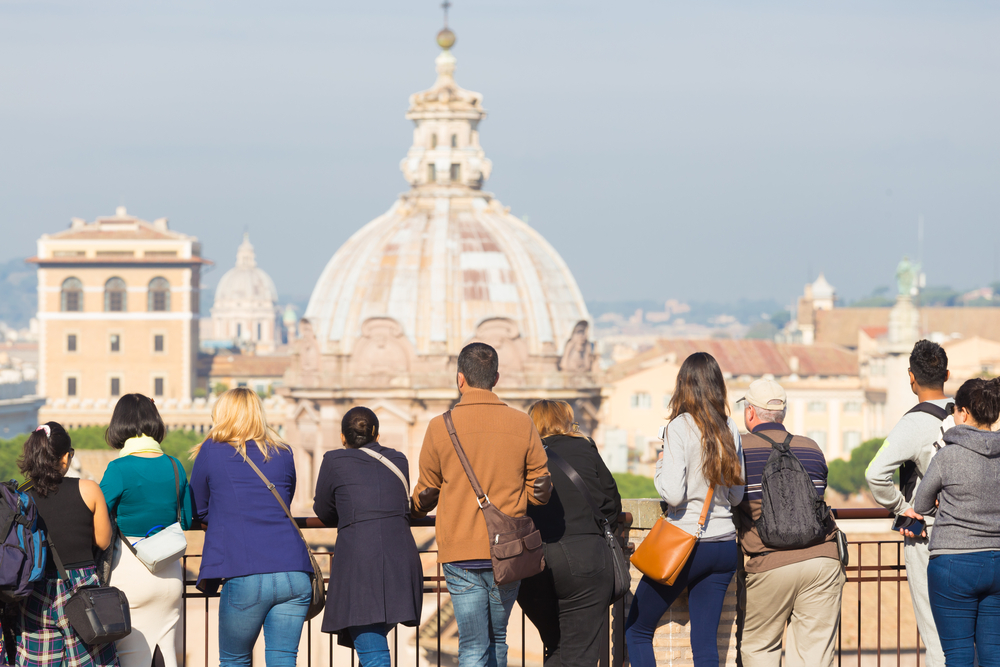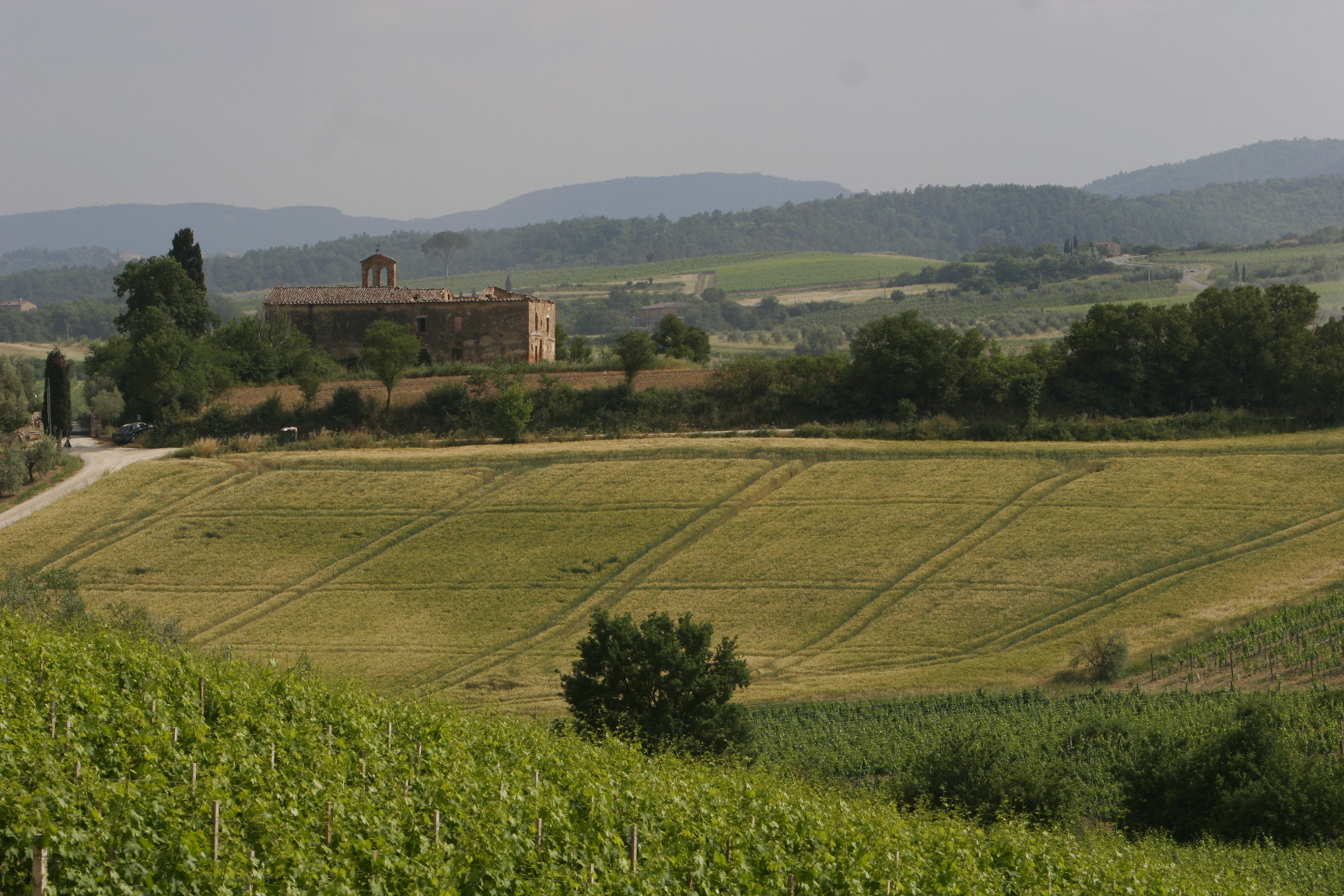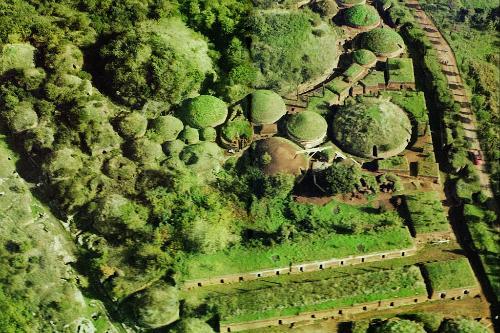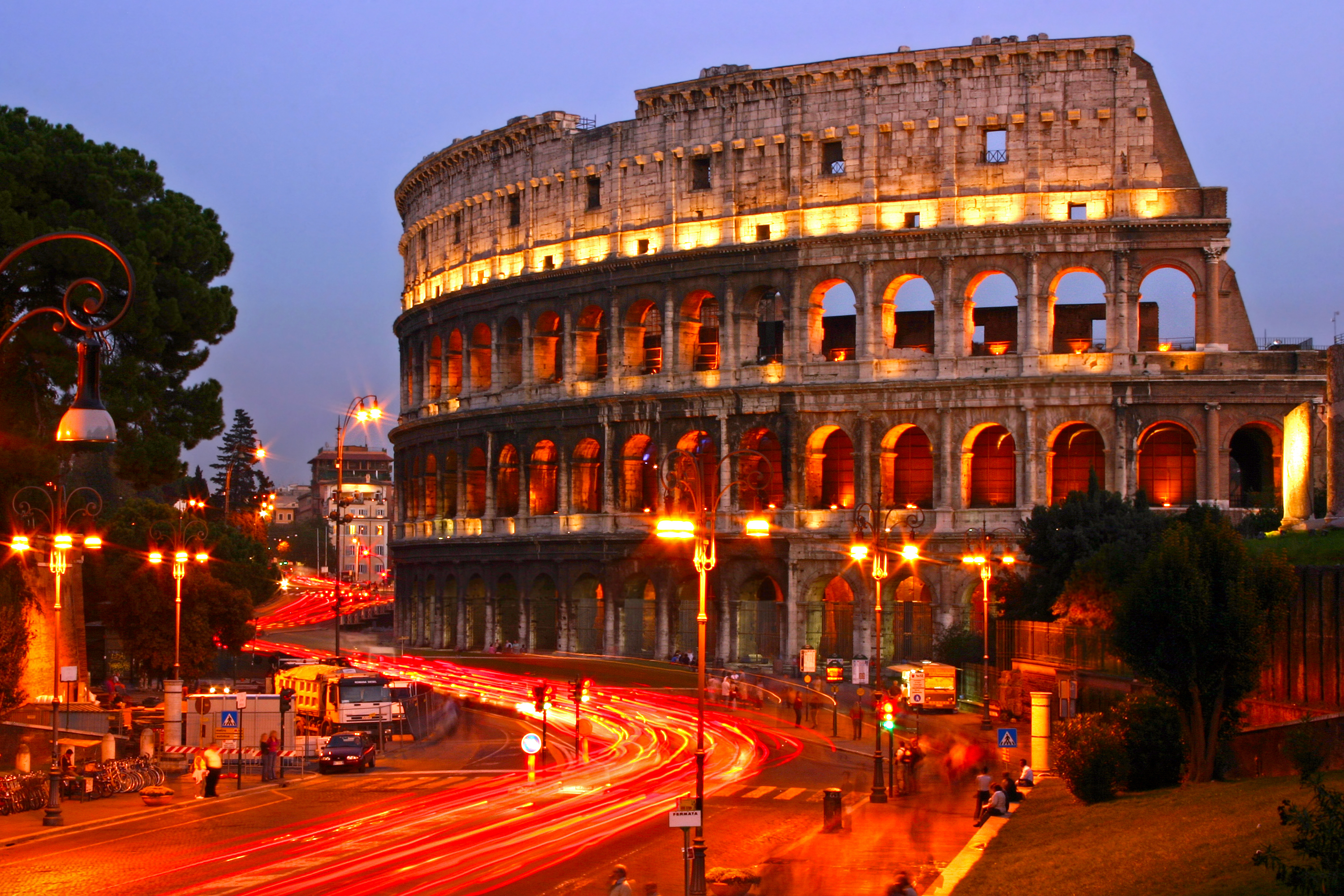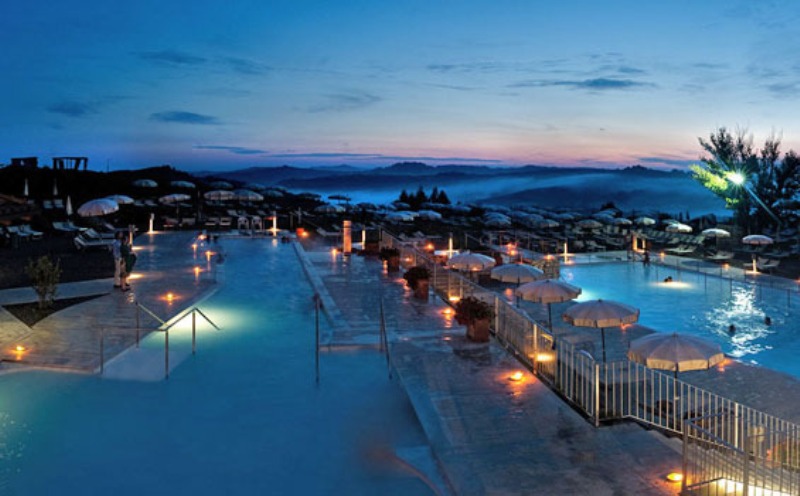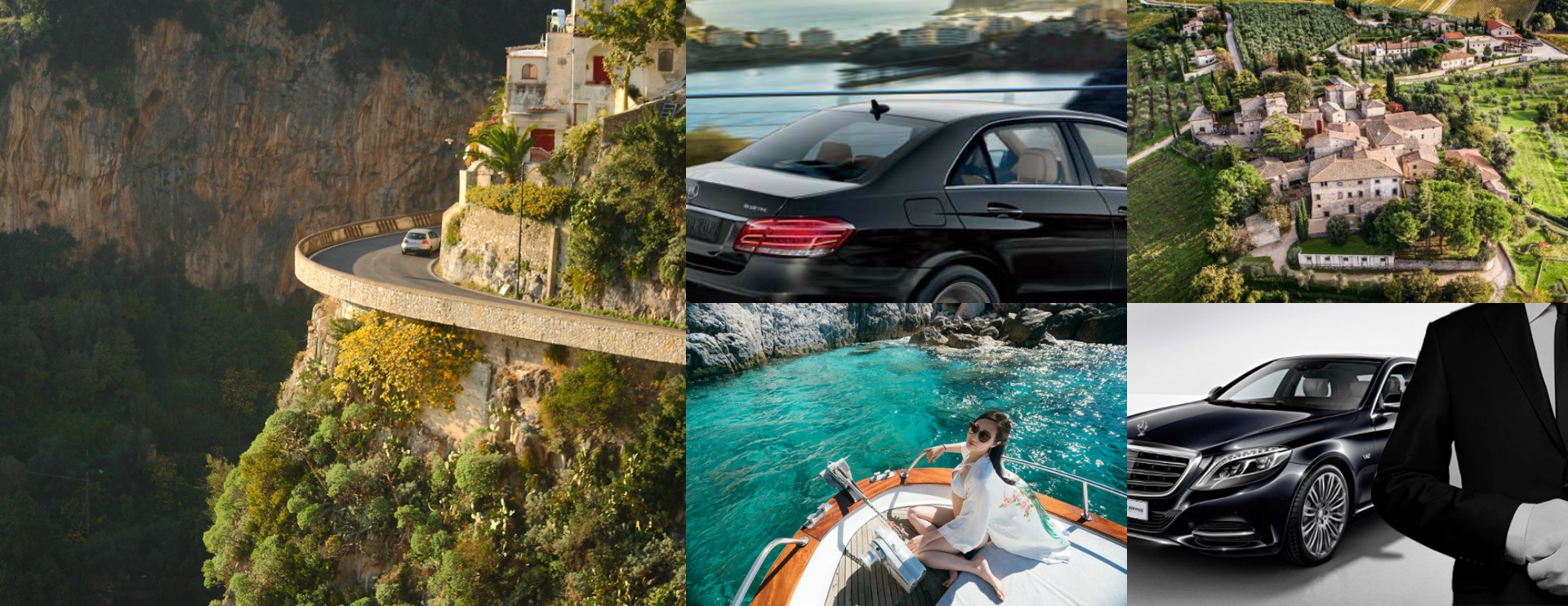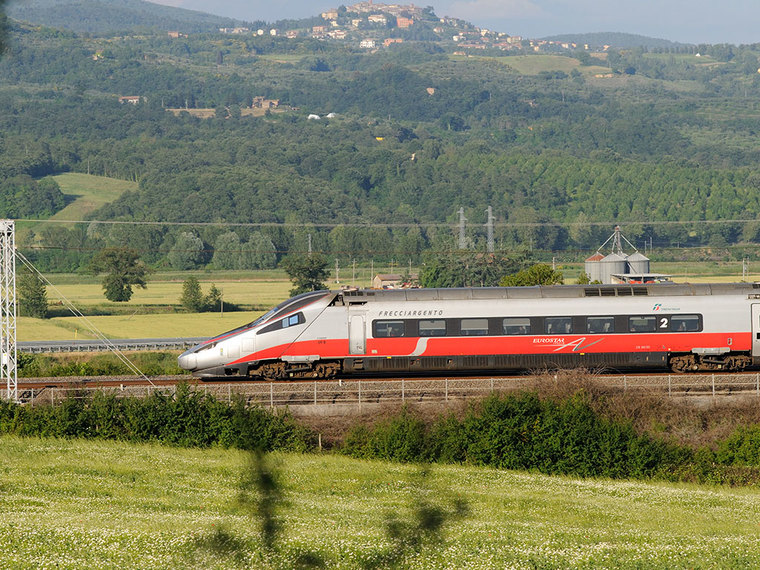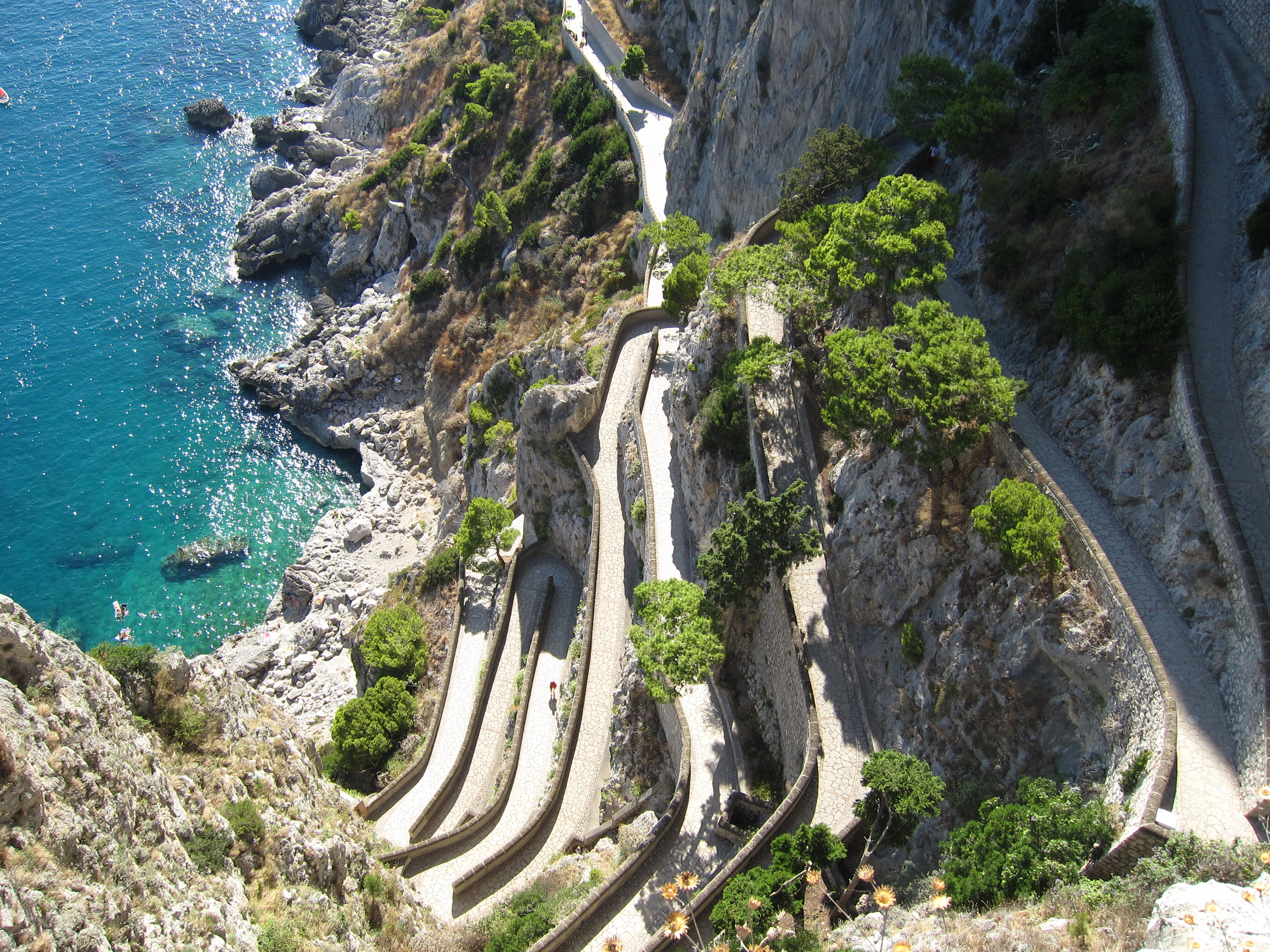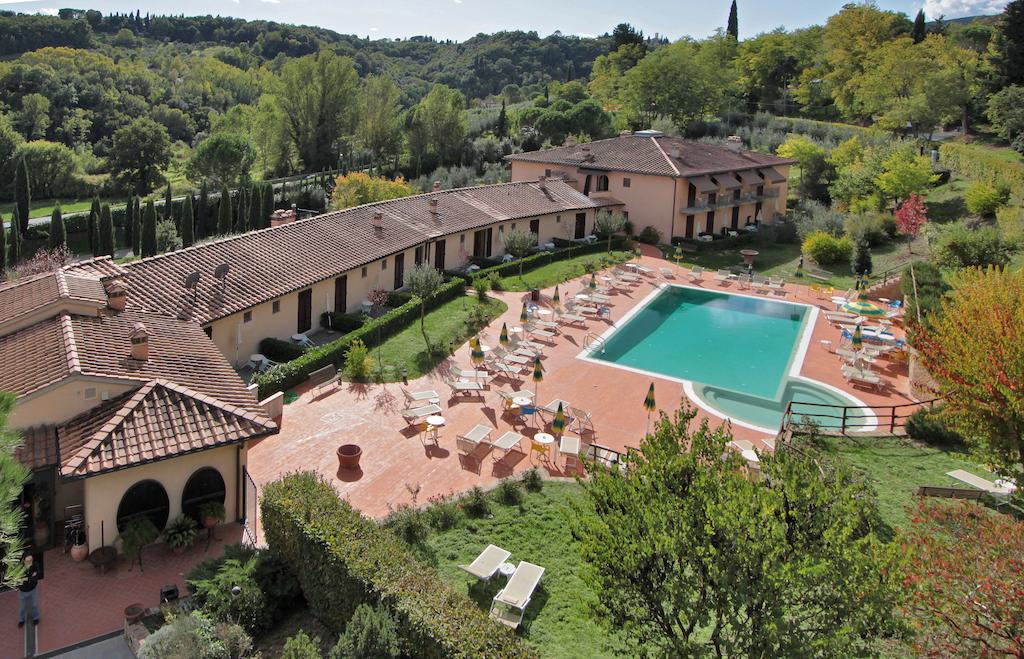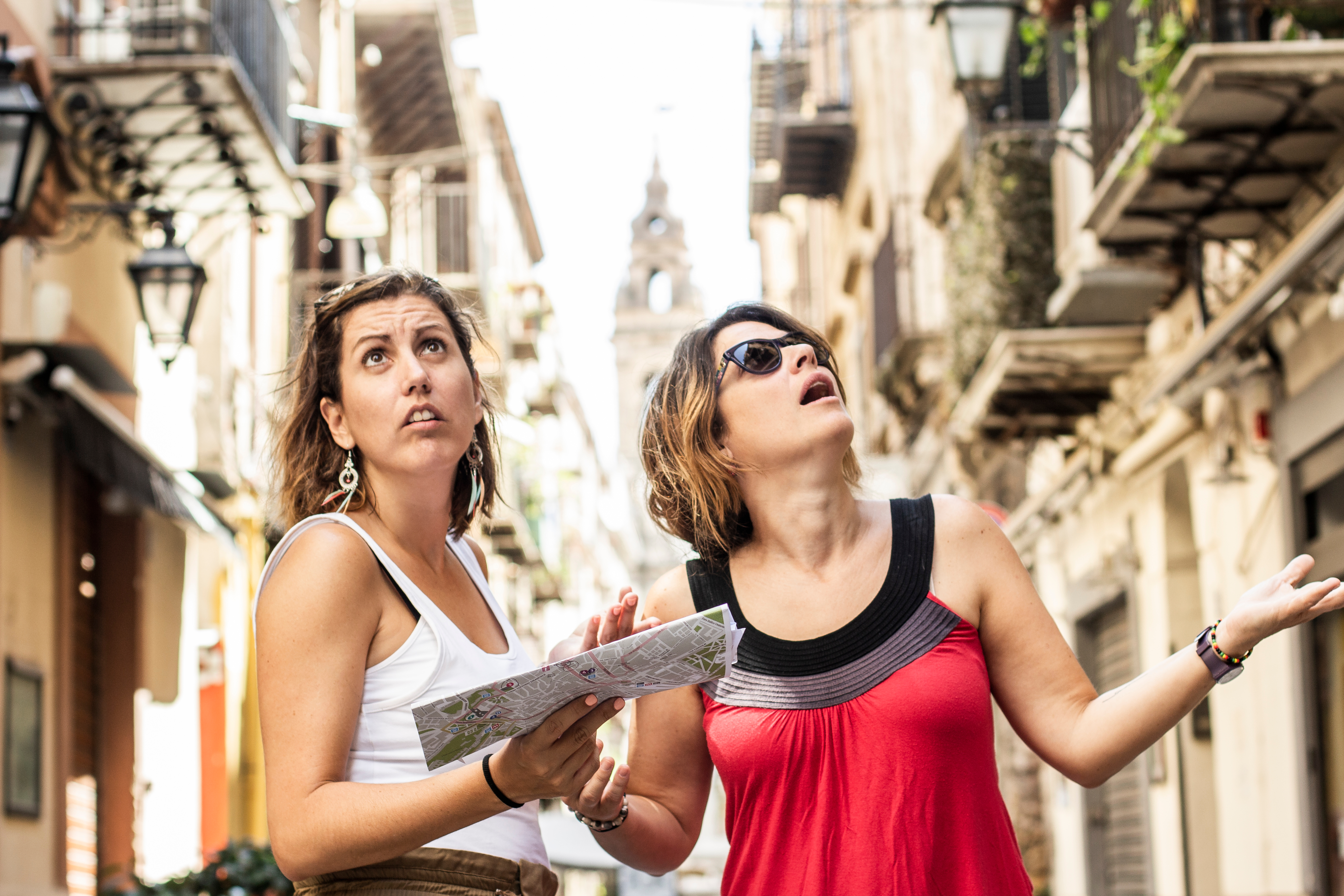
Every region of Italy has its own claims to culinary fame, but Parma’s particularly impressive food credentials have given it the title of Food Valley. Home to the European Food Safety Authority (EFSA), multinationals like Barilla and Parmalat, as well as numerous small producers rejecting mass production in favour of age-old traditional processes, a food tour of Parma is certainly a must-do for all true foodies in Italy.
Food Tourism in Italy has been helped by the strength of Italy’s Slow Food Movement, which supports many small producers, who may otherwise not survive in the competitive, industrialized, fast-paced food industry of the 21st century. The Slow Food Movement began in Italy in 1986, extolling the benefits of regional products, small, traditional production and natural, pesticide-free food.
Visiting the farms and speaking to the producers whose families have worked on the same land for generations, the intensity with which they believe in these values is unmissable. The pride they take in the quality of their products, which are carefully controlled at every stage by authorities that ensure only the highest quality products are sold around the world under the prized local names of Prosciutto di Parma, Parmigiano-Reggianoand Aceto Balsamico di Modena.
PROSCUITTO DI PARMA
Today most prosciutto production is from white pigs, as they get fatter faster and offer a better return on investment to farmers, although they are not native to Italy. Today a few serious producers, in Emilia Romangna (black pig of Parma) and Tuscany (Cinta Sinese) continue to raise black pigs, in projects which have reintroduced sustainable breeding herds back into the hills of Parma. Their pigs are allowed to roam wild, eating a natural diet of grasses, grains, roots and berries,enjoying a quality of life which is otherwise lost in today’s industrialized farming, and resulting in exciting, complex, intense flavours in the hams.

Producers are proud of the traditions they are defending and the quality of their ham, cured without the nitrates permitted by EFSA, which would otherwise produce a more appealing pink toned meat. Instead the meat is slowly aged using only salt, to produce not only prosciutto but also salame, culatta, lard and culatello.
After being walked through the production process, you’ll get to taste their products, compare the taste of the black pig, with the sweeter meat of the white pig and buy some to take home with you. For real ham-enthusiasts, you can also visit the pigs at home in the hills near Parma.
PARMIGIANNO-REGGIANO
To see Parmesan production, you need to be up early in the morning. The evening before, that day’s milk is left to separate, ready for the production process that begins at 8.30. Watch as the milk is poured into copper-lined vats, where whey and rennet are added, and the mixture is heated until it curdles. It isn’t a long process, and after an hour, fresh wheels of cheese will have been formed and left to rest and harden for a day or two.

The next step is to submerge the wheels in brine for 20-25 days, turning them to ensure the salt is evenly absorbed. Finally, you come to the ageing room, where the wheels will spend the next 12-24 months, slowly turned from yellow to a dark orange colour. The final step in the process is the inspection from the Consorzio Parmigiano-Reggiano, which must examine every wheel and check the quality is up to scratch. You’ll discover what happens to cheese when there are defects and how these guardians of the Parmigiano-Reggiano brand, guarantee that only the highest quality cheese gets to carry their famed brand.
The fascinating tour of course ends with a cheese tasting and the chance to buy Parmigiano-Reggiano for your friends and family.
ACETO BALSAMICO
Neighbouring Reggio-Emilia and Modena are home to Lambrusco wine producers. If you can’t see the attraction of chilled, fizzy red wine, you may be more tempted by the vinegar that is produced from the same grapes.
The juice from the grapes is heated to form a reduction that is then stored in wooden barrels for a minimum of 12 years. As time goes on, the vinegar becomes thicker and sweeter and the barrels become smaller, infusing the content with hints of wood, like oak, ash, chestnut, cherry and juniper.
Vinegars are classified by different coloured labels to show how long they have been aged: red for a minimum of 12 years, silver for 18+ and gold for 25+. For 100ml of the oldest,most intense vinegars, expect to pay around €90.

We customized 1-day and multi-day food tours of Emilia Romagna with English-speaking drivers, which can include visits to producers, food and wine tastings and cooking classes. Emilia Romagna also has a lot to offer to history and art lovers that we highly recommend spending sometime here, but if you only have the day, food tours can also depart from Florence, Milan or Venice, using the high-speed train to arrive in Bologna.
To design your personal food tour, let us know what you would like to do here and our team will create the perfect experience for you.Pr

